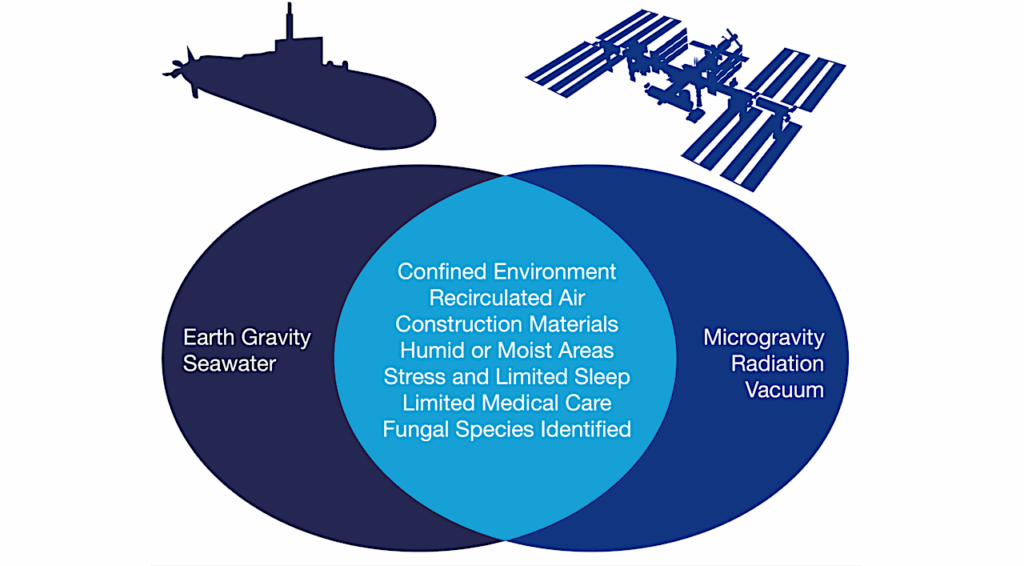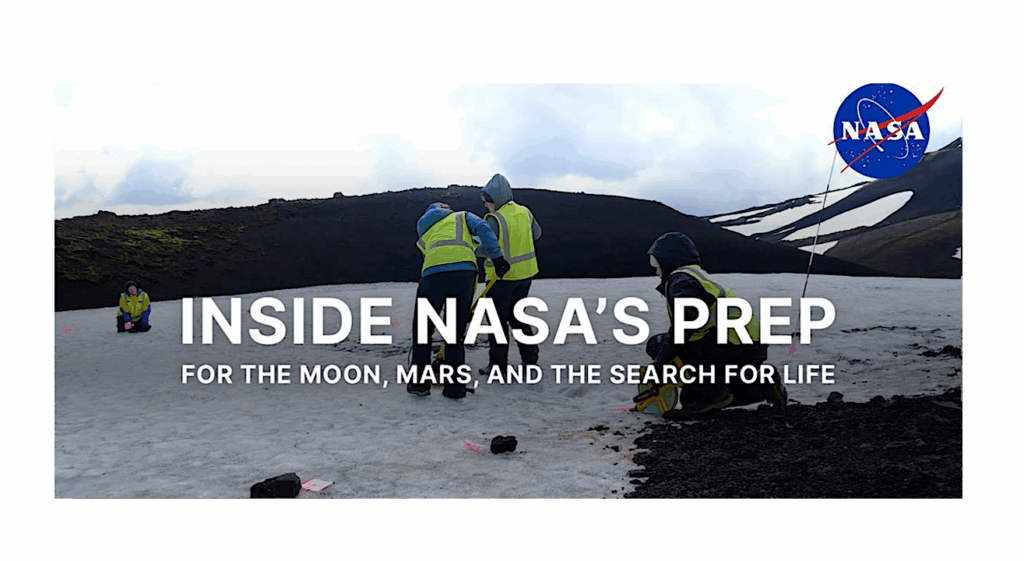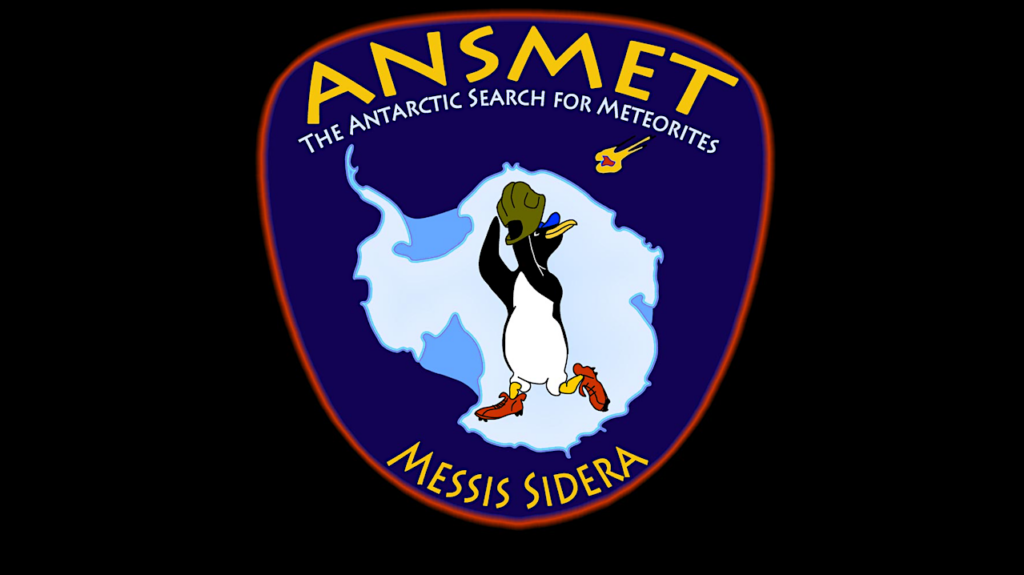Away Team Training: Tricorder Use During Cave Microbiology Assay

larger image Credits: ESA / V.Crobu
MBRSC astronaut Mohammad AlMulla took pictures of NASA astronaut Jasmin Moghbeli while she was conducting a microbiological investigation close to the underground base camp in Abel Cave.
Astrobiology, Away Team, spelunking,








